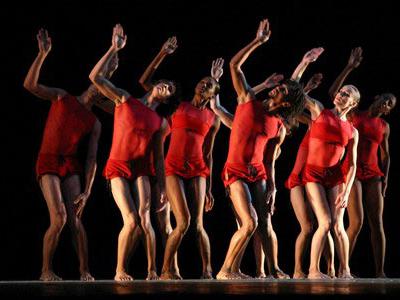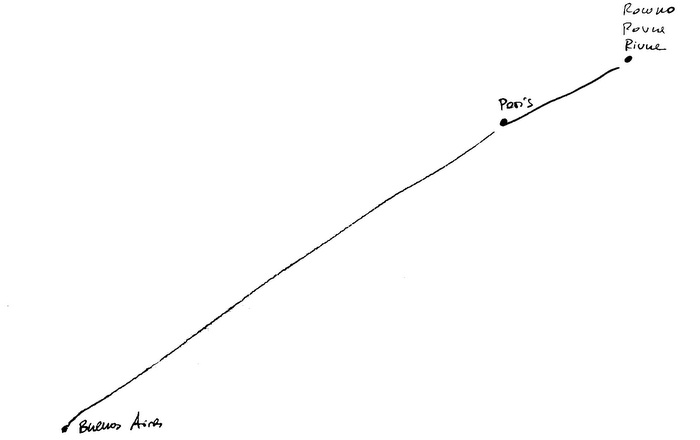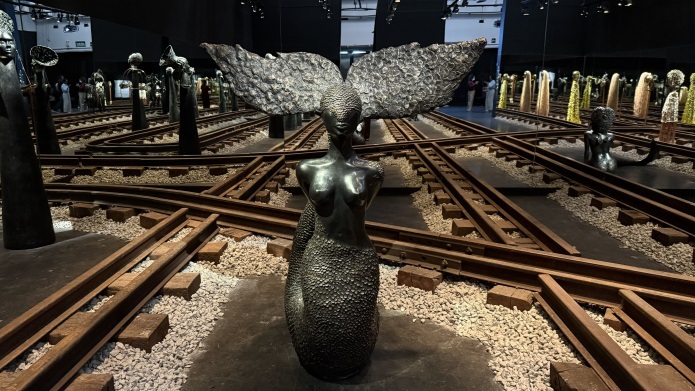The play will be enjoyed on October 8 and 9 at the most important stage of this country with capacity for 12,000 spectators.
Danza Contemporánea de Cuba (DCC, as per its initials in Spanish) recently traveled to Mexico to perform their version of Carmina Burana, winner of the 2009 Premio Luna of Performing Arts in that country at the Auditorio Nacional (National Auditorium).
The staging involves a backdrop of LED screens and a smaller circular, in which it will be screened a different-content video, from the origin of the Universe and part of the daily existence in any street to the possible destruction of everything we know.
The communion between the physical and the spiritual levels seems ineludible in a piece that points to shatter anyone’s soul and that dancers assume with strength and conviction.
Carmina Burana is an ode to the man’s life in this world, assured Prensa Latina its choreographer Georges Céspedes.
When creating, I am attracted by the intellectual world because everything starts from images, and based on these I get to the tool I need, spiritual or physical, but generally there is an intellect that connects to the emotional part and takes us to the physical. Body is the final instrument, elucidated the young Cuban artist.
After a general rehearsal of the play in Cuba, we were able to prove that Carmina Burana is a colossal show to which lacks nothing; it includes solos, duets, trios, quartets, quintets, sextets, septets, an overwhelming corps d’ ballet, a sober wardrobe with medieval details and a lights design to highlight intensity.
To complete the cast, the production includes 68 musicians, a 100 voice chorus, 35 children singers and three specific registers singers: a baritone, a soprano and a countertenor, as explained DCC director Miguel Iglesias.
American dancer Rasta Thomas returns this year as guest of the company, someone whose geniality makes him to be part of the group just as another one.
By the rhythm of Carl Orff’s heartbreaking music, dancers disguise the inner dramatic situation to integrate the coral condition as a duty, something inevitable for every inhabitant of the temple.
Actually, the planet is full of temples, under multiple denominations and styles, but Cespedes is interested in the human beings, what they have inside, so with great pleasure he goes into their inner anxieties and states scenes with a very beautiful sensuality.
Once again, the company lavishes virtuosity and women’s technical performances include identical sequences to the men’s, made in a natural way with a strong will to eclipse any genre distinction.
Another decision that deserves to be highlighted in this choreography is the space design because it influences in the dynamics, defrays the emotional emphasis and the staging could never achieve the same effect without that plan.
The DCC’s Carmina Burana is a colossal play that refreshes the 57-year-old company, capable to balance youth and maturity, and distinguished by its own mark, mixed of sharp technique and character, with an intimidating feline look, that as opinion of director Iglesias, becomes essential dancer.
Source: PL















